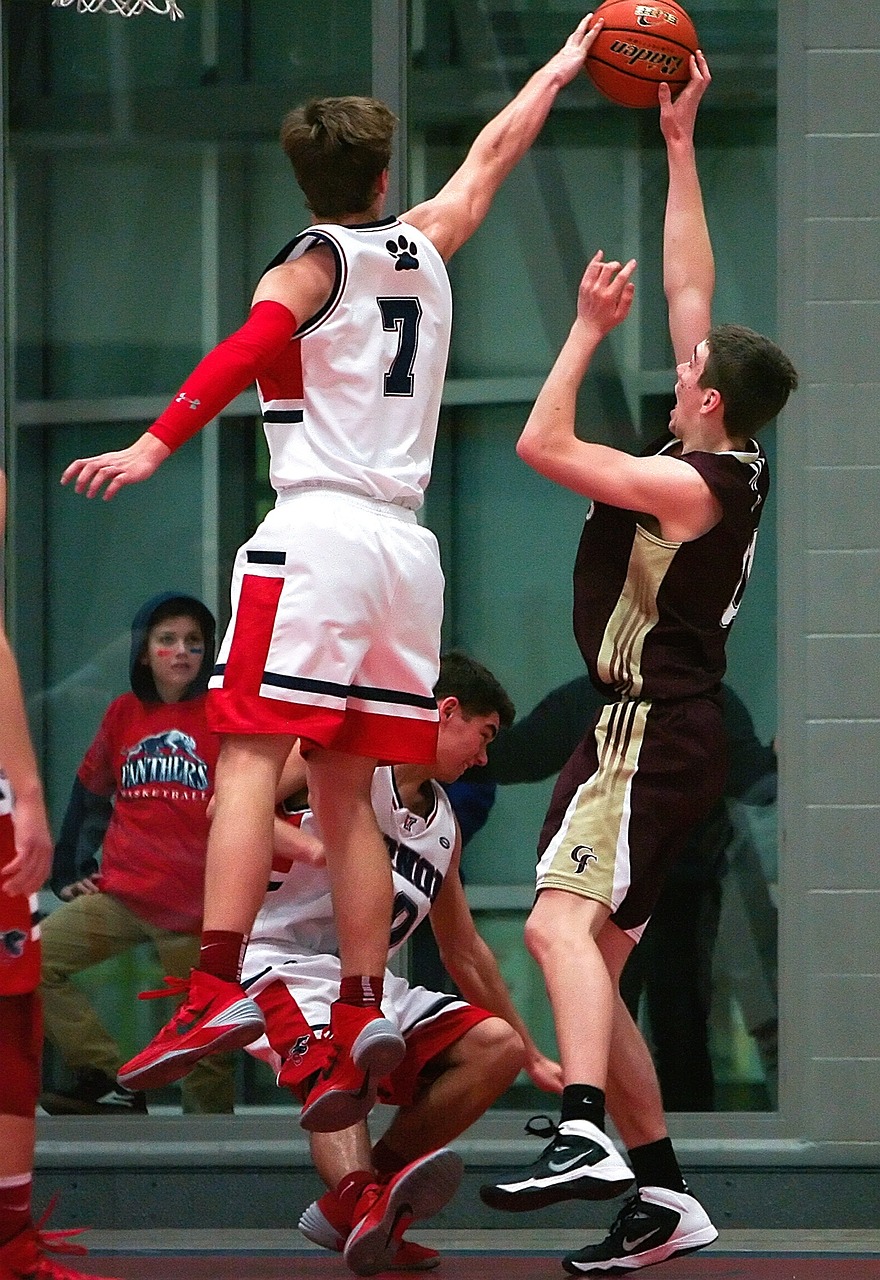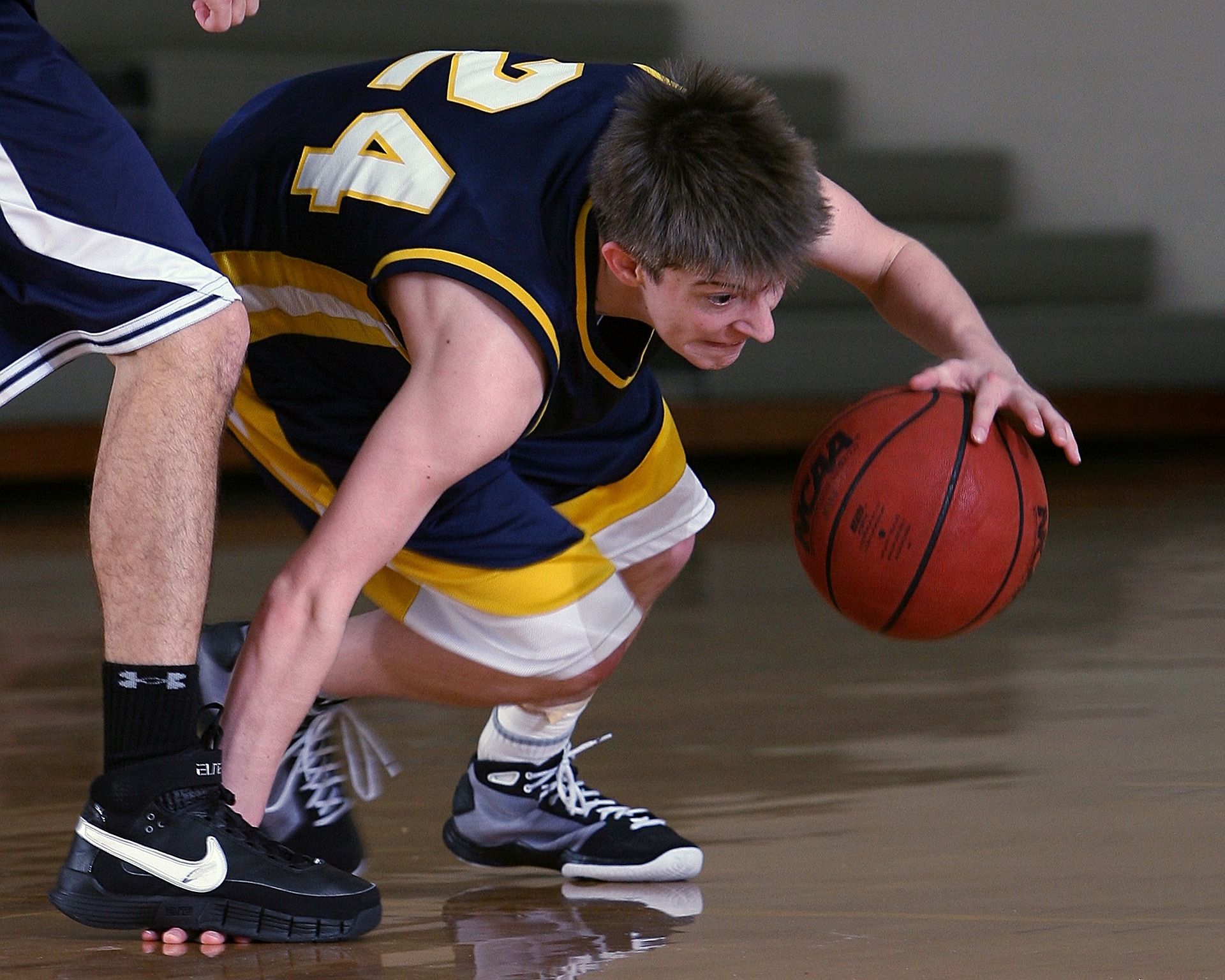Understanding the language of basketball is key to unlocking a secret code that connects fans, players, and basketball enthusiasts. Whether you’re a seasoned player aiming for the perfect shot or a casual observer trying to grasp the game’s intricacies, knowing what a “brick” signifies is essential to comprehend common basketball slang and terminology.
In this blog post, we’ll delve into the depths of basketball terminology and dissect the concept of what is a brick in basketball. From its definition to its implications on the court, we’ll explore what constitutes a brick shot, the psychology behind it, and how players can prevent and learn from these moments.
What is a “Brick” in Basketball?
In basketball, the term “brick” refers to when a player attempts a shot and misses by a lot. While a successful shot swishes through the net, a brick thuds against the rim or backboard, often resulting in a missed scoring opportunity.
What Are The Characteristics of a Brick Shot?
Poor Shot Accuracy: Bricks are characterized by their lack of accuracy. Unlike successful shots that find the net with precision, brick shots often miss by a wide margin, indicating a deficiency in aiming and shooting mechanics.
Hitting the Rim or Backboard: A classic sign of a brick is when the ball hits the rim or backboard before bouncing away. While close shots can still hit the rim, the inability to cleanly pass through the hoop distinguishes these shots as bricks.
Lack of Proper Arc: Successful shots typically have a graceful arc that allows them to drop through the net. In contrast, brick shots often lack this proper trajectory, leading to harsh rebounds off the rim or backboard.
What Are Common Reasons For Bricks?
Poor Shooting Form and Technique: One of the primary reasons for shooting bricks is improper shooting form. Failing to maintain the correct stance, balance, and release mechanics can lead to inaccurate shots that fall short of the mark.
Rushed Shots Under Pressure: When players are under pressure from defenders or the clock is ticking down, they might rush their shots without proper setup. This haste can result in poorly executed shots that miss the target.
Fatigue and Its Impact: As the game progresses and players tire, their shooting form can deteriorate. Fatigue affects muscle coordination, which in turn affects shooting accuracy, leading to more brick shots.
Recognizing a brick is not about singling out a player’s shortcomings but rather understanding the nuances of the game. Even the most skilled players can experience moments of inaccuracy. In the next section, we’ll explore the psychology behind bricking and how a player’s mental state can influence their shooting performance on the court.
Tips For Prevent Bricks?
The best way to prevent bricks is by improving your shooting skills. Here are some tips to improve your shooting:
Stance and Balance: Establishing a solid foundation is key. Players should adopt a balanced stance with their feet shoulder-width apart, ensuring stability while shooting.
Grip and Hand Placement: Proper hand placement on the ball and a comfortable yet firm grip provide players with control and accuracy during their shot release.
Follow-Through and Release: Emphasizing a consistent follow-through motion ensures a smooth shot release. The wrist should be relaxed and fingers extended, guiding the ball with backspin for a higher chance of success.
Regular Practice Routines: Consistency breeds success. Dedicate time to regular shooting practice, gradually increasing the distance and complexity of shots to build muscle memory.
Shooting Drills and Exercises: Incorporate a variety of shooting drills that simulate in-game scenarios. This helps players adapt to different shooting angles, distances, and defensive pressures.




